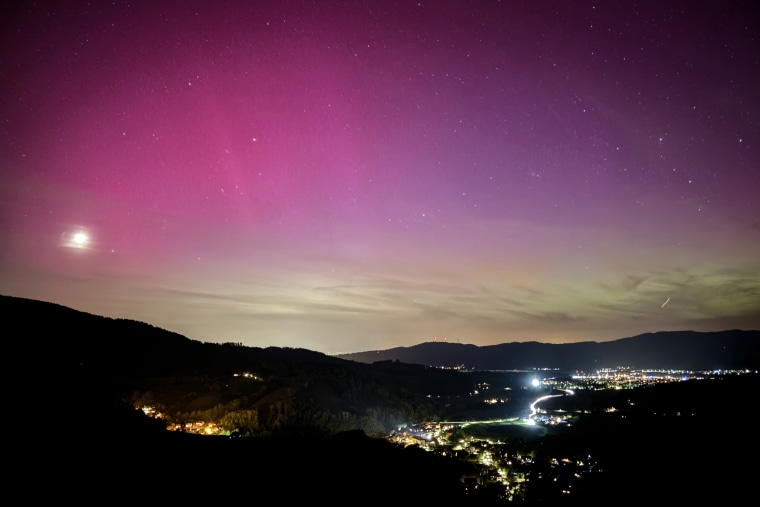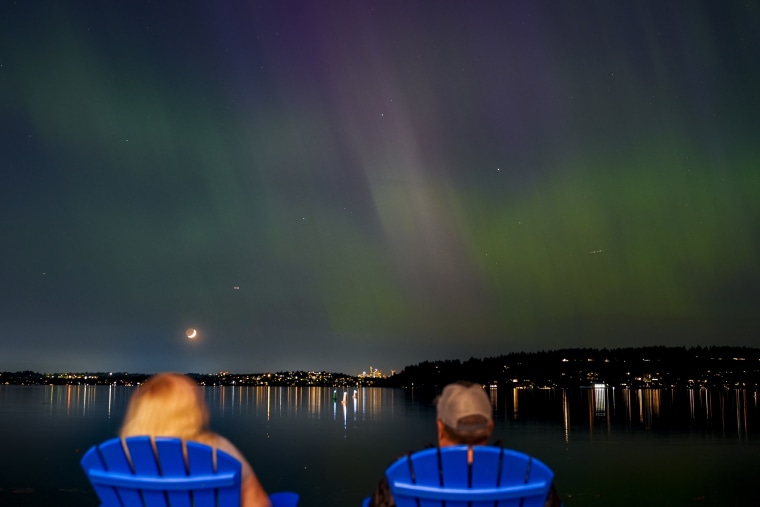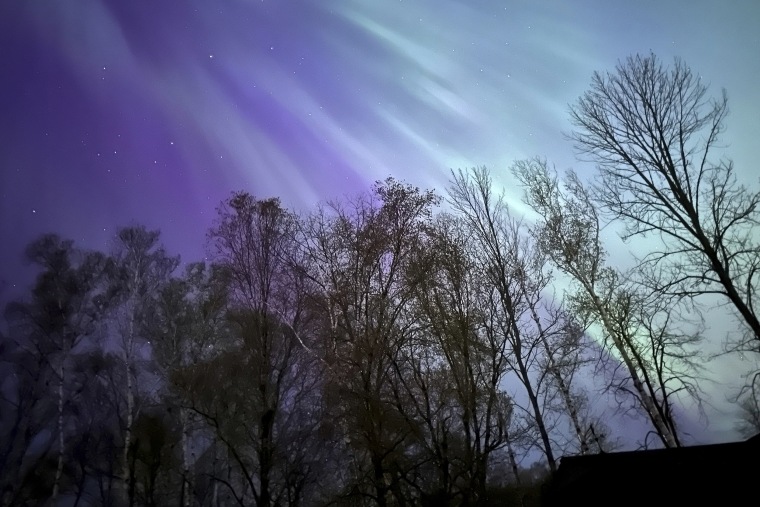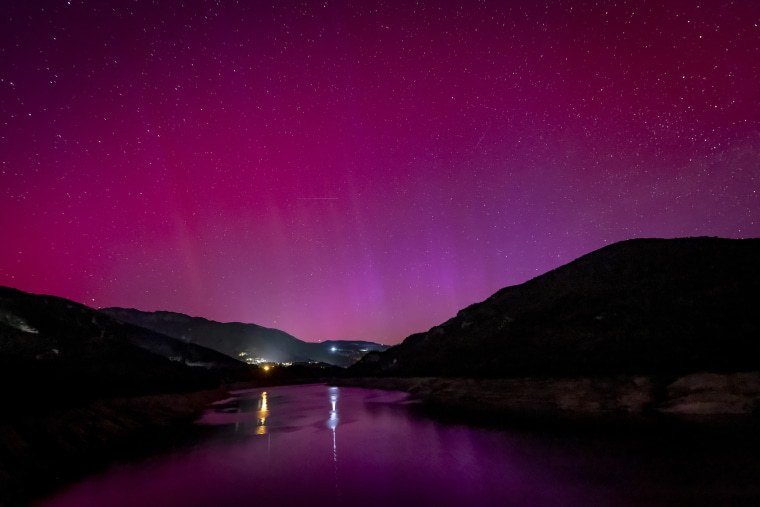A severe solar storm is expected to supercharge the northern lights on Friday, with forecasts indicating that auroras could be seen as far south in the United States as Alabama.
The National Oceanic and Atmospheric Administration’s Space Weather Prediction Center said Thursday that a series of solar flares and eruptions from the sun could trigger severe geomagnetic storms and “spectacular displays of aurora” on Earth from Friday evening through the weekend.

It was the first severe geomagnetic storm watch the agency has issued since 2005.
“We have a rare event on our hands,” said Shawn Dahl, a service coordinator at the Space Weather Prediction Center in Boulder, Colorado. "We're a little concerned. We haven't seen this in a long time."

Because strong geomagnetic storms have the power to disrupt communications and power grids on Earth, as well as satellites in space, Dahl said satellite and grid operators have been notified to prepare.
He said forecasters predict the storm could arrive as soon as about 8 p.m. ET on Friday.
"We’re less certain on the timing of these events, because we’re talking about something for 93 million miles away," Dahl said, referring to the distance from the sun to the Earth.
A NASA spacecraft orbiting about 1 million miles from Earth, called the Advanced Composition Explorer, will help forecasters measure the solar wind and understand the timing and potential effects more precisely.
The northern lights, or aurora borealis, come from charged particles that spew from the sun during solar storms. The colorful displays are created when clouds of these energetic particles slam into Earth’s magnetic field and interact with the atoms and molecules in the planet’s upper atmosphere.
The northern lights typically light up the night sky at high latitudes, but during intense periods of solar activity, they can be spotted farther south than usual.
The Space Weather Prediction Center’s forecast said it’s possible that auroras on Friday night could be seen “as far south as Alabama and Northern California.”

The agency maintains an aurora dashboard that provides short-term forecasts of the northern lights. If conditions are clear, auroras are best viewed from locations that are dark and far from city lights.
As night descended on parts of Australia and Europe, early photos began to emerge of dramatically colorful skies.
Dahl said smartphones might even be able to capture imagery of the aurora at southern locations where the human eye can't see anything unusual.
According to the Space Weather Prediction Center, several “moderate to strong” solar flares have been detected since Wednesday morning. Solar flares unleash clouds of plasma and charged particles, called coronal mass ejections, into space. At least five flares and their associated coronal mass ejections appear to be directed at Earth, the center said.
“Additional solar eruptions could cause geomagnetic storm conditions to persist through the weekend,” it said in a statement.
When directed at Earth, this geomagnetic and solar radiation can induce currents on high-voltage transmission lines and cause problems for transformers on the power grid.
One of the most damaging geomagnetic storms occurred in 1989, when roughly 6 million people in Montreal, Canada, lost power for nine hours, according to NASA. Some parts of the northeastern U.S. and Sweden were also affected in that event.

In 2002, a coronal mass ejection knocked out 38 commercial satellites.
The sun goes through 11-year cycles from minimum to maximum activity. The current cycle, which began in late 2019, is predicted to peak with maximum activity in July 2025, according to NOAA and NASA forecasts.
